Chris Ayers
CI/CD with Github Actions
#1about 2 minutes
Understanding YAML syntax for GitHub Actions workflows
Learn the fundamental YAML rules for lists, key-value pairs, and objects, with a focus on how indentation impacts workflow files.
#2about 1 minute
Defining continuous integration, delivery, and deployment
Distinguish between continuous integration (CI), continuous delivery, and continuous deployment to understand the different levels of automation.
#3about 4 minutes
Exploring the core components of GitHub Actions
Workflows are event-driven processes composed of jobs, which run on runners and execute a series of steps in sequence.
#4about 6 minutes
Analyzing a basic workflow run and its environment
Walk through the execution of a simple workflow and explore the extensive list of pre-installed software available on GitHub-hosted runner images.
#5about 3 minutes
Controlling workflow execution with triggers and dependencies
Fine-tune when workflows run using branch filters, path exclusions, and schedules, and control execution order with job dependencies.
#6about 5 minutes
Using custom scripts and marketplace actions in steps
Execute multi-line scripts using various shells like Bash or Python, and leverage pre-built actions from the GitHub Marketplace by pinning to specific versions.
#7about 10 minutes
Using variables and contexts for dynamic workflows
Define environment variables at different scopes and access dynamic runtime information using context objects like `github`, `runner`, and `vars`.
#8about 3 minutes
Securing workflows with secrets and best practices
Understand how GitHub Actions masks secrets in logs and learn the potential pitfalls of exposing structured or parsed secret data.
#9about 3 minutes
Testing across multiple platforms with matrix strategies
Use a matrix strategy to efficiently run the same job across various combinations of operating systems and software versions, such as Node.js.
#10about 3 minutes
Building a .NET app with caching and artifacts
Optimize build times by caching dependencies and pass build outputs between jobs using upload and download artifact actions.
#11about 4 minutes
Deploying to Azure with IaC and environments
Deploy infrastructure as code using Bicep, pass outputs between steps, and manage deployments with GitHub Environments for approvals and secrets.
#12about 3 minutes
Creating reusable workflows and PR-based environments
Encapsulate common logic into reusable workflows with `workflow_call` and automate the creation of ephemeral environments for pull requests.
#13about 3 minutes
Local testing and advanced security with OIDC
Test workflows locally using `act` to iterate faster, and implement secure, passwordless deployments to cloud providers with OpenID Connect (OIDC).
#14about 16 minutes
Advanced topics on versioning, troubleshooting, and security
Explore practical considerations including artifact versioning, troubleshooting failed builds, securing data, and choosing the right runner image for cost and performance.
Related jobs
Jobs that call for the skills explored in this talk.
Team Lead DevOps (m/w/d)
Rhein-Main-Verkehrsverbund Servicegesellschaft mbH
Frankfurt am Main, Germany
Senior
Matching moments

25:57 MIN
Building a CI/CD pipeline with GitHub Actions
One-click-to-production: Test and automate your application

00:42 MIN
Understanding the core components of GitHub Actions
Lights, Camera, GitHub Actions!
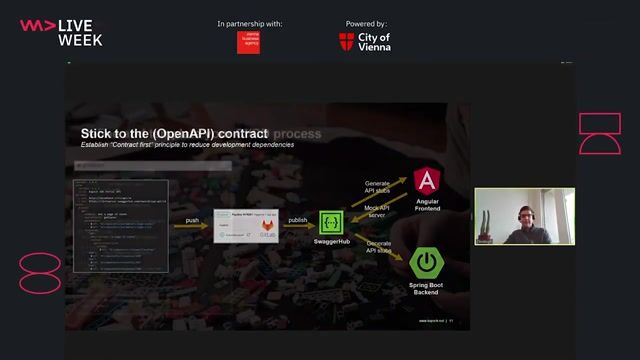
16:50 MIN
Building a comprehensive CI/CD pipeline with GitLab
Enabling automated 1-click customer deployments with built-in quality and security
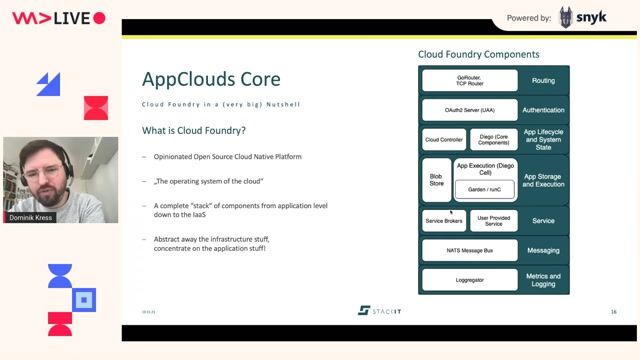
25:49 MIN
Building a deployment pipeline with GitHub Actions
CD2CF - Continuous Deployment to Cloud Foundry
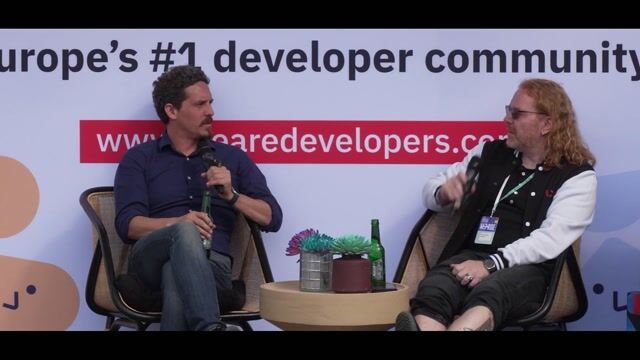
25:08 MIN
How Microsoft's acquisition of GitHub boosted Azure
Coffee with Developers - Scott Chacon on growing GitButler and the future of version control
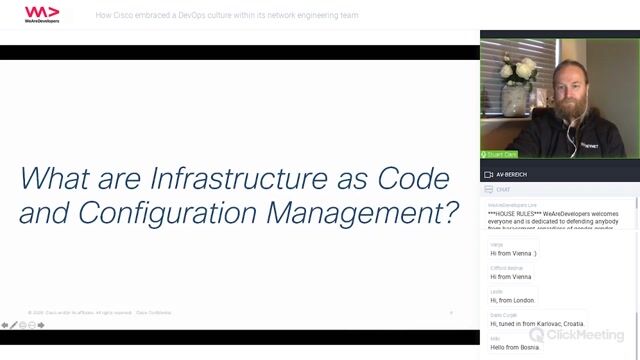
18:00 MIN
Applying GitOps principles to network automation
How Cisco embraced a DevOps culture within its network engineering team
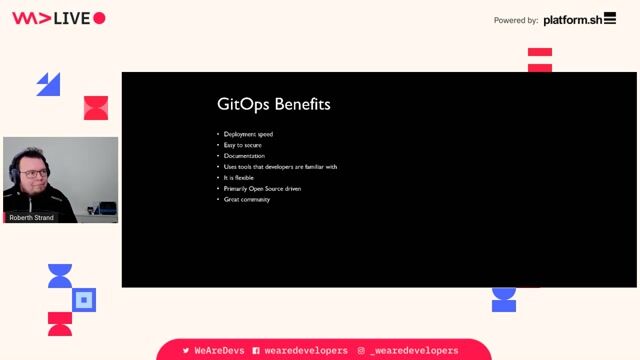
24:48 MIN
Overview of the GitOps workflow and popular tools
GitOps: The past, present and future

07:58 MIN
Providing multiple on-ramps for developer workflows
Coffee With Developers - Kyle Daigle, COO of GitHub
Featured Partners
Related Videos
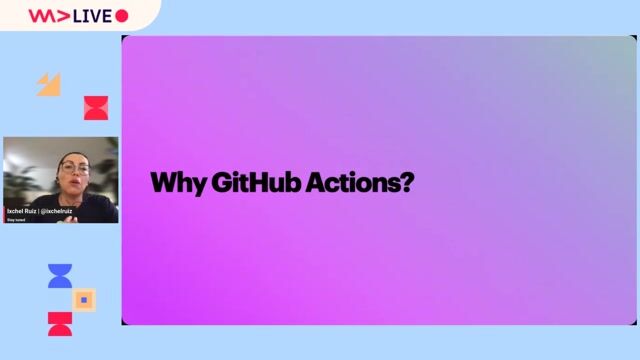 1:04:54
1:04:54Lights, Camera, GitHub Actions!
Ixchel Ruiz
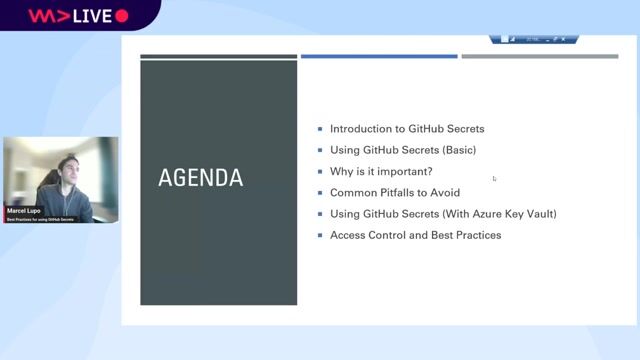 36:33
36:33Best Practices for Using GitHub Secrets
Marcel Lupo
 44:40
44:40Enabling automated 1-click customer deployments with built-in quality and security
Christoph Ruggenthaler
 32:29
32:29GitLab CI pipelines for a whole company
Martin Beránek
 50:28
50:28Practical tips and tricks for CI/CD success
Zan Markan
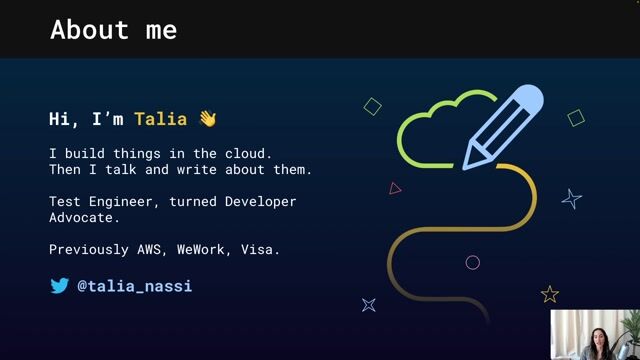 28:34
28:34Building Applications with Infrastructure as Code
Talia Nassi
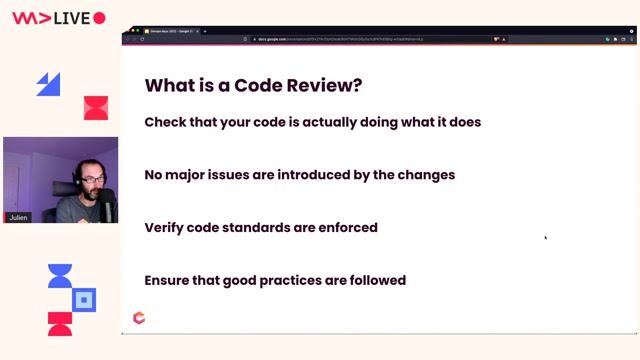 45:28
45:28Build a CI/CD pipeline to automate code reviews and ensure code quality
Julien Delange
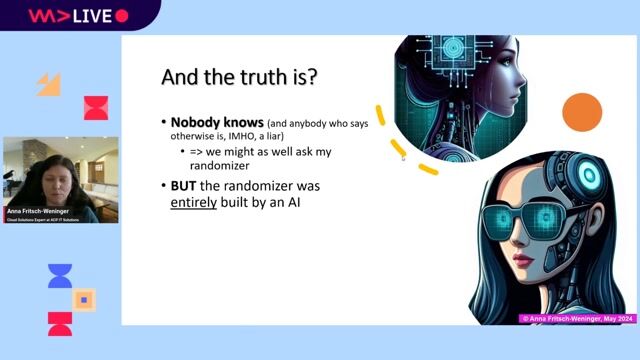 58:06
58:06From Syntax to Singularity: AI’s Impact on Developer Roles
Anna Fritsch-Weninger
From learning to earning
Jobs that call for the skills explored in this talk.

DevOps Engineer – Kubernetes & Cloud (m/w/d)
epostbox epb GmbH
Berlin, Germany
Intermediate
Senior
DevOps
Kubernetes
Cloud (AWS/Google/Azure)

Microsoft Cloud Engineer (m/w/d) – Automatisierung
AKDB Anstalt für kommunale Datenverarbeitung in Bayern
München, Germany
Intermediate
Senior
Azure
DevOps
Powershell


Implementing DevOps Solutions and Practices using Cisco Platforms Schulung (DEVOPS)
Incas Gmbh
GIT
Bash
Linux
DevOps
Python
+3



DevOps Engineer - Automatisierung & CI/CD
Rocken AG
€100-120K
DevOps
Ansible
Terraform
Continuous Integration

